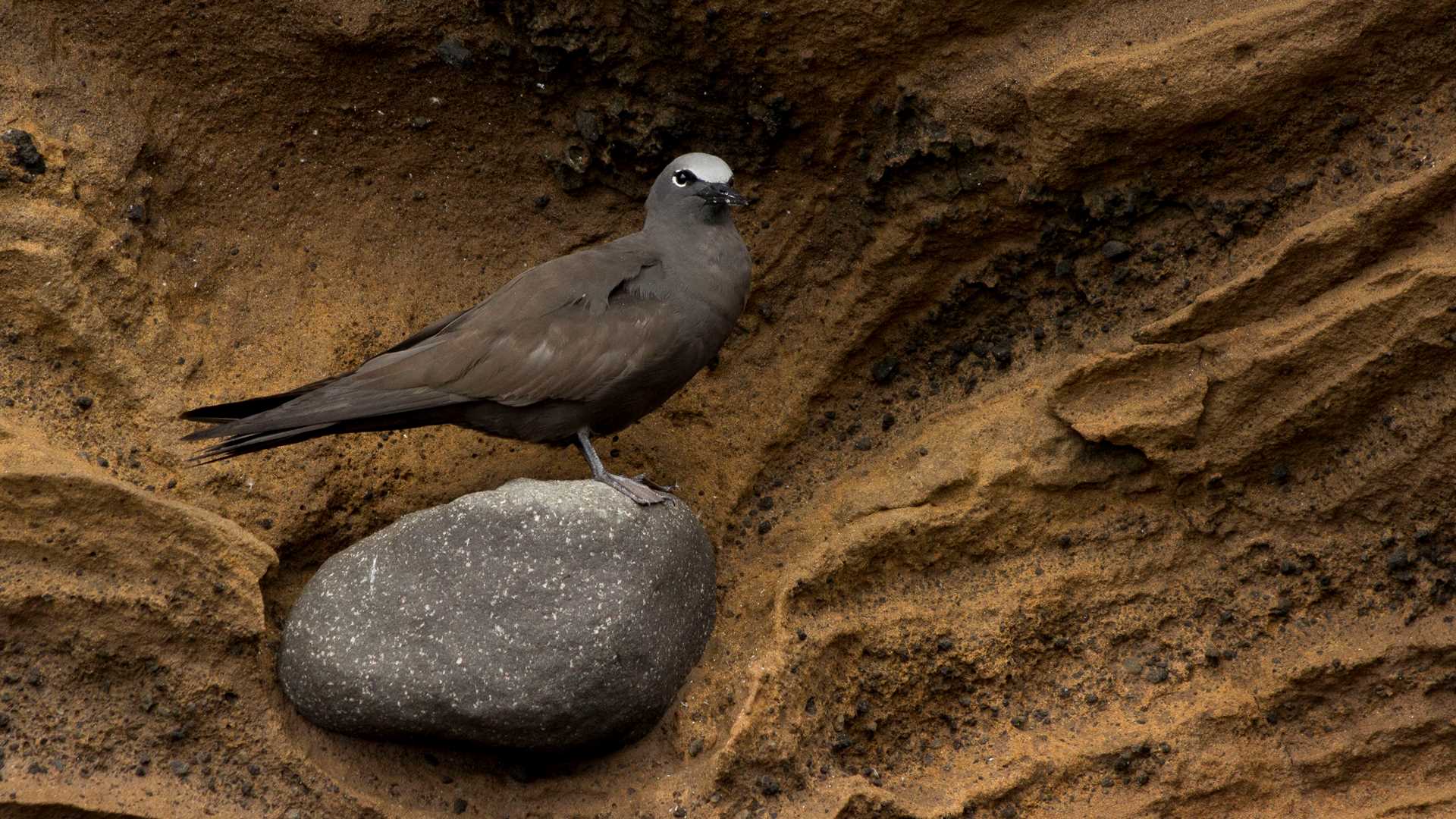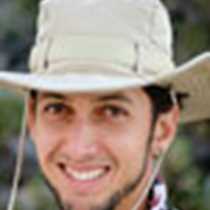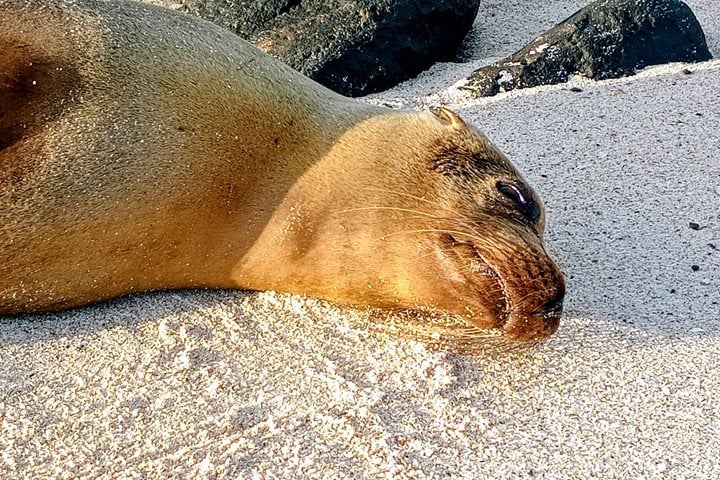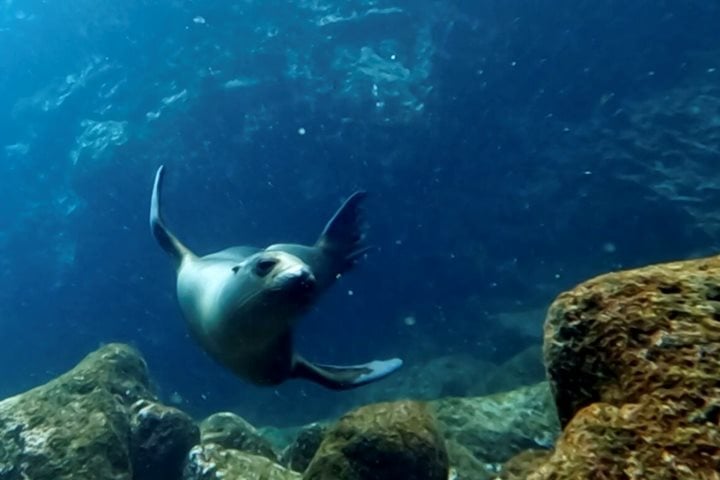The day started early as we navigated the channel between Fernandina and Isabela Islands. We woke up early in order to look for whales in this special area, and we spotted a Bryde whale! The morning continued with a Zodiac exploration of the visitor’s site on Vicente Roca Point. The volcanic area does not allow disembarkation, so we enjoyed the visit by snorkeling and swimming with sea turtles, sea lions, and flightless cormorants.
In the afternoon, we went hiking on Fernandina Island. The visitor’s site is located in one of the very few sandy areas of the island, which is one of the main iguana nesting sites. As soon as we arrived, we were surprised by a snake attack on a juvenile marine iguana! The racer snake constricted the iguana and swallowed it in front of our cameras. The site is full of marine iguanas; our groups enjoyed an amazing spectacle of life and survival today.







